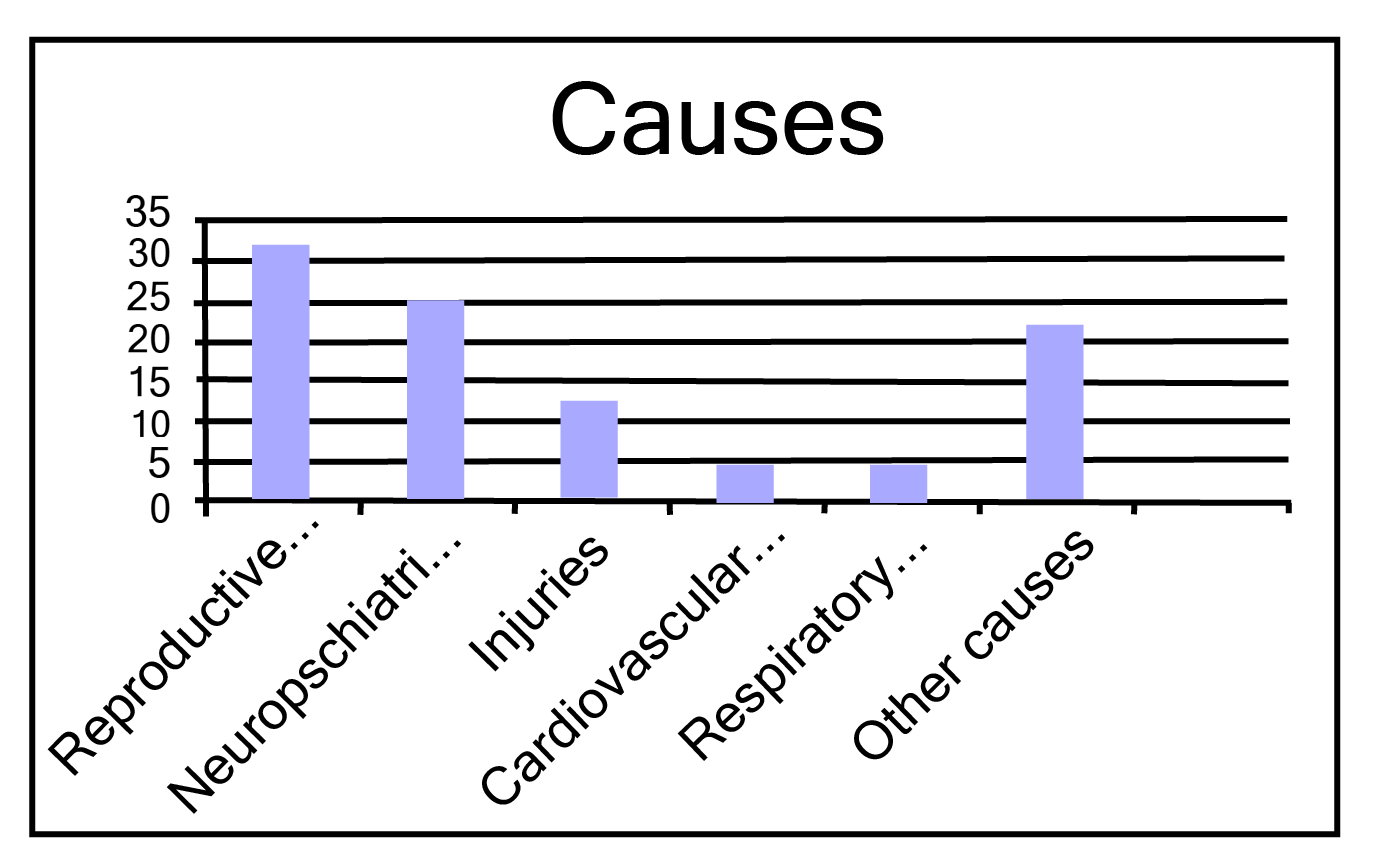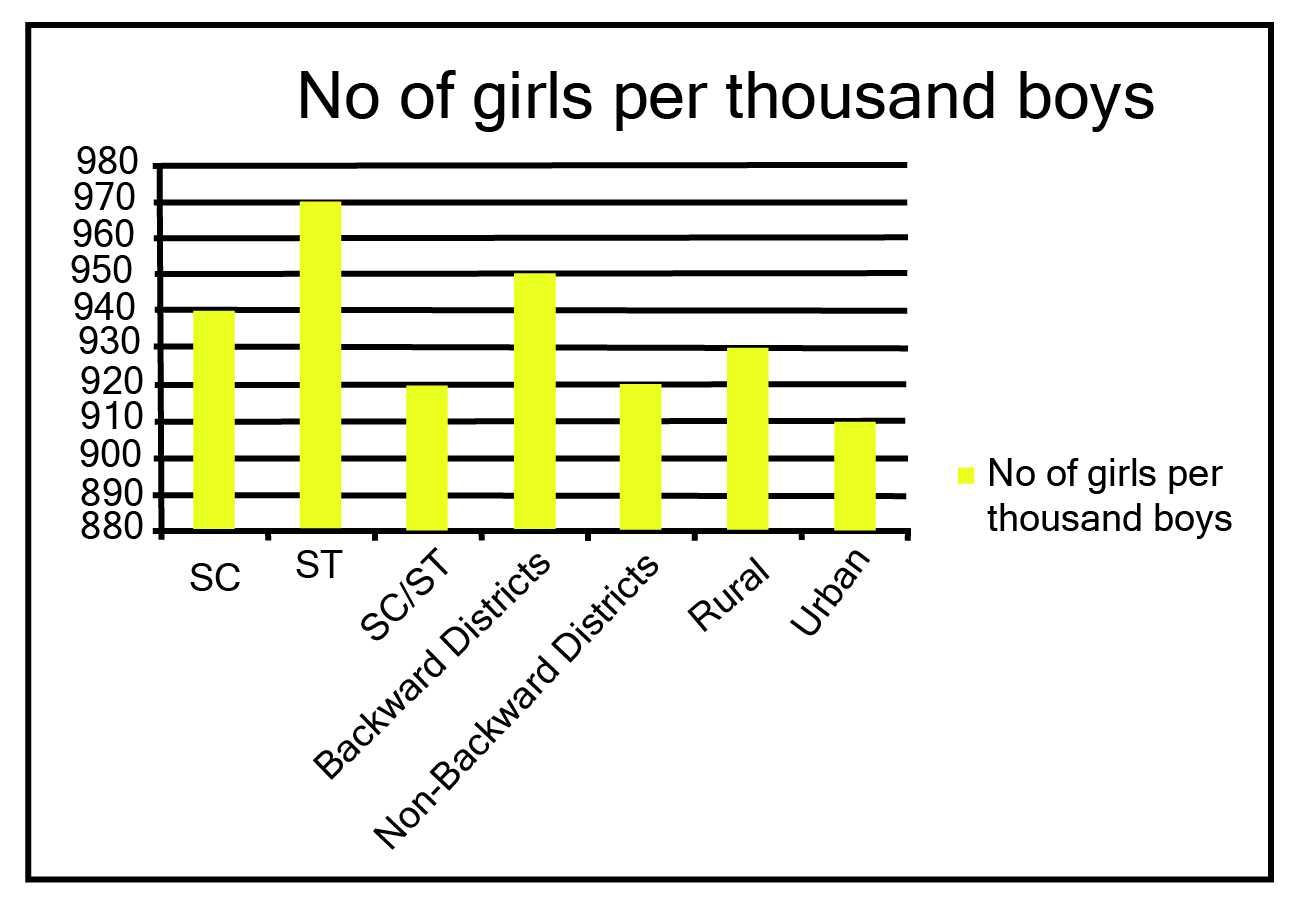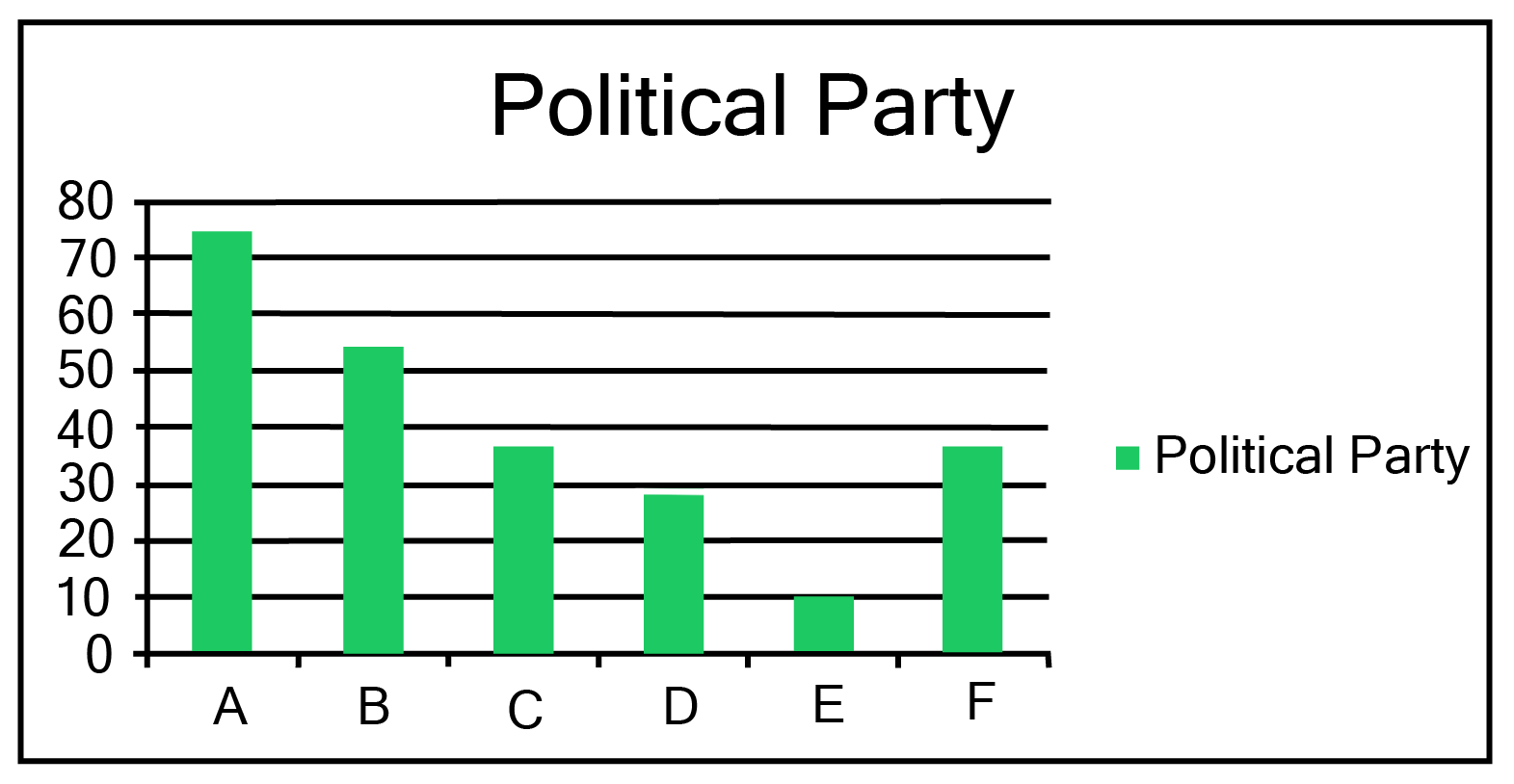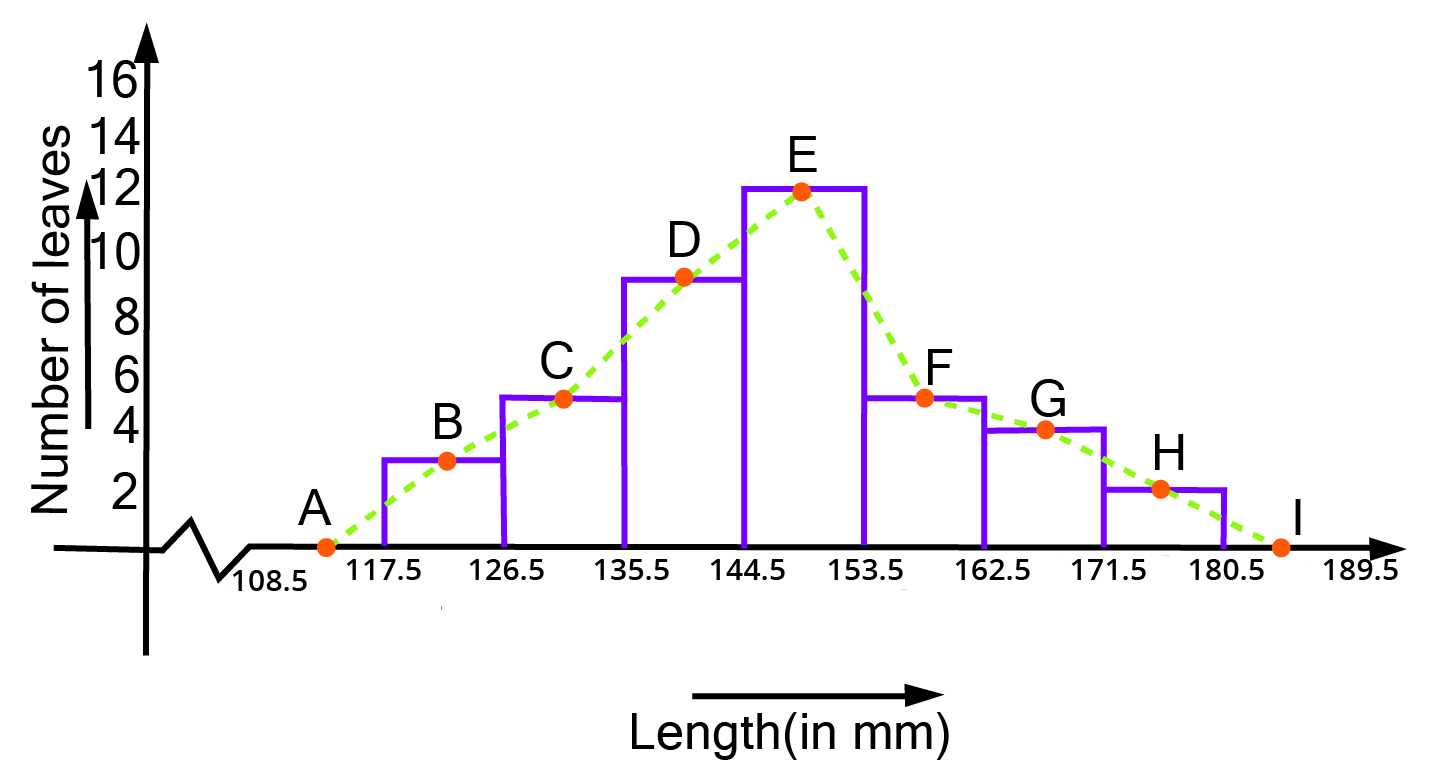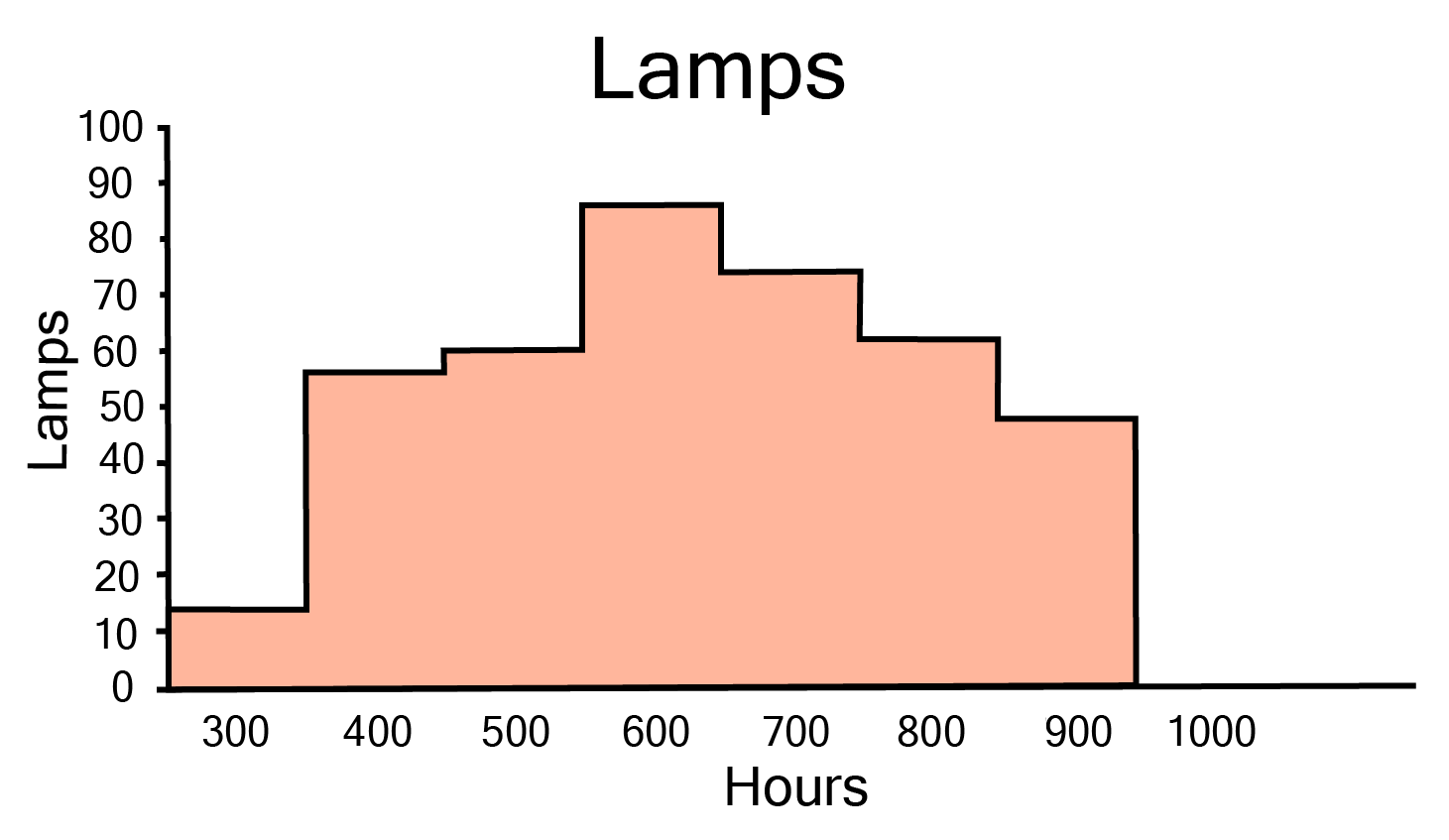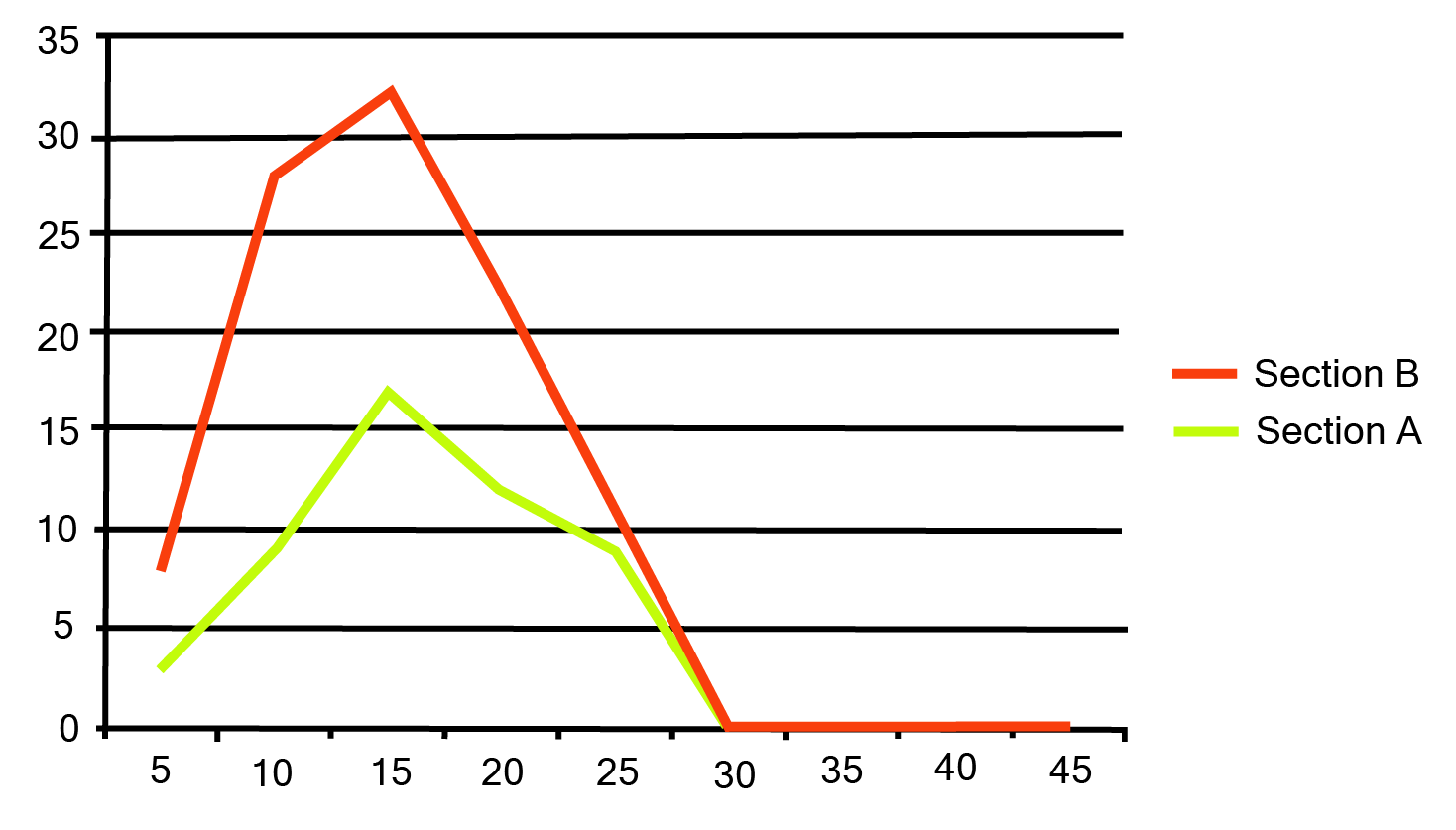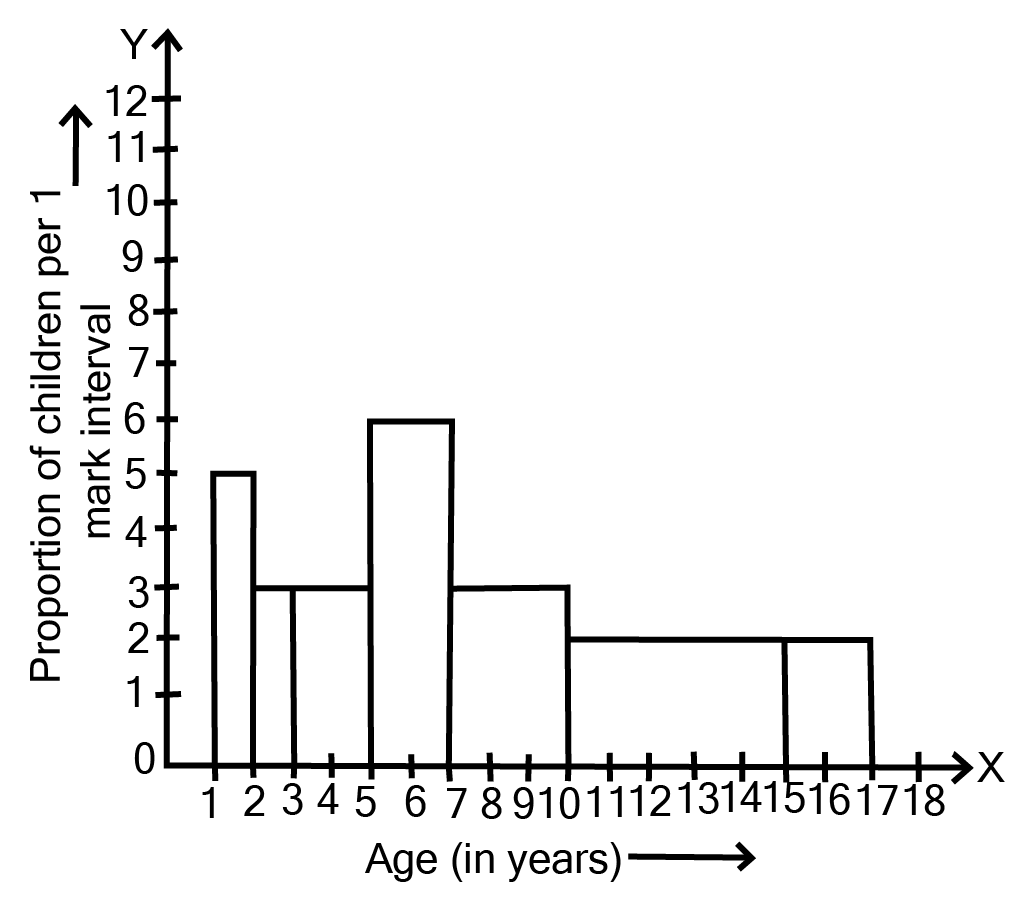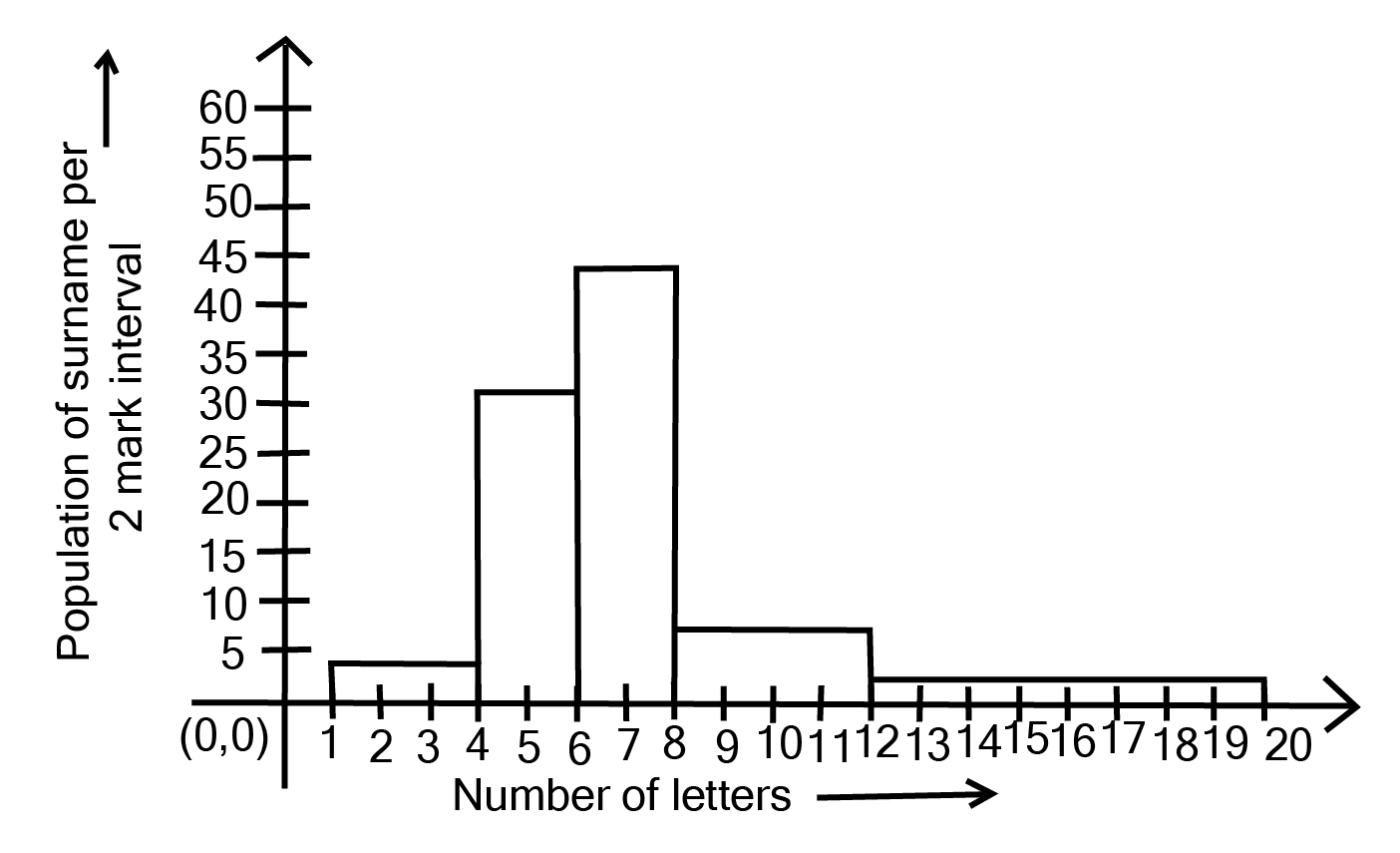Master Class 9 Statistics Exercise 12.1 Solutions and Score Higher in Your Exams
NCERT Solutions for Class 9 Maths Chapter 12 Statistics
FAQs on NCERT Solutions for Class 9 Maths Chapter 12 Statistics
1. Are a bar graph and a histogram the same thing in statistics?
No, a histogram is used to represent continuous data grouped into intervals, while a bar graph is used for discrete, separate categories.
The confusion arises because both use rectangular bars. However, their construction and the type of data they represent are fundamentally different.
2. Do these NCERT solutions only give the final answers?
No, the class 9 statistics exercise 12.1 solutions provide a detailed, step-by-step explanation for every problem. This is designed to help you understand the logical method behind the result, not just to give you the final number or classification.
3. Is primary data always better or more reliable than secondary data?
Not necessarily; the best type of data depends on the objective, available time, and resources for the investigation. Primary data is original and specific but can be expensive and time-consuming to collect.
4. Are tally marks just a simple counting method for young students?
No, tally marks are a systematic and crucial tool in statistics for organising raw data into a frequency distribution table. They minimise errors by providing a clear, running visual count that is much easier to manage than simply recounting numbers repeatedly.
5. Is copying from the solutions PDF the best way to score well in exams?
No, the most effective way to learn is to attempt the problems yourself first and then use the Statistics Class 9 Solutions to verify your method or get help if you are stuck.
Many students believe that copying answers is a shortcut to completing homework. However, this approach bypasses the critical thinking needed to understand concepts like data classification and frequency distribution.
6. Do these Class 9 Maths Statistics solutions only cover Exercise 12.1?
No, comprehensive NCERT solutions cover all exercises within Chapter 12, not just the first one. At Vedantu, we provide detailed, expert-verified solutions for every question in the textbook to ensure complete chapter coverage and thorough practice for students.
7. Can the range of a dataset tell you everything about its distribution?
No, the range only indicates the spread between the maximum and minimum values and can be misleading as it ignores how the rest of the data is distributed.
Because it is simple to calculate (Max Value - Min Value), it's often mistaken for a comprehensive measure of data spread.
8. What is included in the Free PDF for Class 9 Maths Chapter 12 solutions?
The Free PDF download for class 9 statistics exercise 12.1 solutions chapter 12 contains complete, expert-written, step-by-step solutions for every single question in the NCERT exercise. It is not just a list of final answers.
9. Is 'data' just another word for numbers?
No, data can be either quantitative (numerical) or qualitative (descriptive). While statistics often involves numbers, the initial data collected can also be categorical.
The misconception arises because maths problems heavily feature numerical data. However, the first step in statistics is often gathering facts, which aren't always numbers.
10. Do I need to pay or register to get these Statistics Class 9 solutions?
No, the NCERT Solutions for Class 9 Maths Chapter 12 Statistics are available entirely for free. You can view all the step-by-step answers online or download the complete solutions PDF without any subscription fee or mandatory sign-up process.




















 Watch Video
Watch Video





